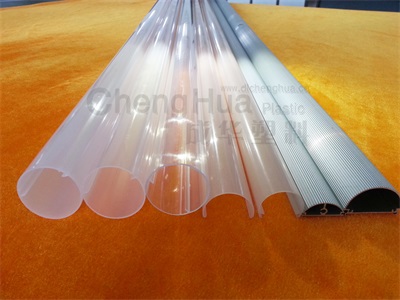Injection molding is a method of cooling and consolidation molding by pressing hot-melt plastic into the metal model by pressure, also known as injection molding or injection molding. Dalian injection molding has a short production cycle and almost no post-treatment. It can form plastic products with complex shape and accurate size at one time.
It has high production efficiency and is easy to realize automatic operation. It is suitable for the molding production of external packages such as household appliances and office automation equipment, but the molding equipment and molds are expensive. There are many molding methods for plastic products, but in principle, these molding processes have to go through three basic stages: melting (plasticizing stage), flow (molding stage) and solidification (cooling stage).
Plastic molding methods usually include the following: compression molding, injection molding, extrusion, blow molding, calendering, lamination, etc. Injection molding is widely used in production. Advantages of direct glue feeding: small pressure loss; Easy to make. Disadvantages: the stress near the gate is large; The gate (runner) needs to be cut manually; The surface will leave obvious gate scars.
Point: simple shape and convenient processing; It is easier to go to the gate. Disadvantages: the rubber part and gate cannot be separated by themselves; The rubber parts are easy to leave gate marks. The injection temperature range is wide, the melting temperature is 160 ℃, and the decomposition temperature is 270 ℃, so the material temperature adjustment range is wide and the processability is good. Therefore, to improve the fluidity, we can start with the injection temperature. Poor impact resistance, poor wear resistance, easy to scratch and brittle crack, so we should improve the mold temperature and improve the condensation process to overcome these defects.
PC has high viscosity, high melt temperature and poor fluidity, so it must be injected at a higher temperature (between 270-320 ℃). Relatively speaking, the material temperature adjustment range is narrow and the processability is not as good as PMMA. The injection pressure has little effect on the fluidity, but due to the high viscosity, the injection pressure still needs to be large. Accordingly, in order to prevent the generation of internal stress, the pressure holding time should be as short as possible.







